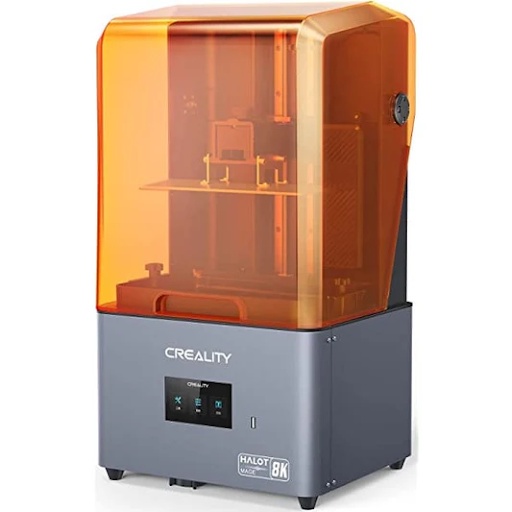In recent years, the field of 3D printing has experienced rapid advancements, revolutionizing the way we design and manufacture objects. Among the various types of 3D printers available, resin printers and metal 3D printers stand out for their ability to produce high-quality, intricate, and durable prints. In this comprehensive guide, we'll delve into the fascinating world of resin printers and metal 3D printers, exploring their capabilities, applications, and the innovative technologies driving their growth.
Resin Printers: Unlocking Precision and Detail
Resin printers, also known as stereolithography (SLA) or digital light processing (DLP) printers, utilize photopolymer resin to create three-dimensional objects layer by layer. Unlike traditional filament-based 3D printers, which deposit molten plastic through a heated nozzle, resin printers cure liquid resin using UV light to produce highly detailed and precise prints.
One of the primary advantages of resin printing is its ability to achieve exceptional resolution and surface finish, making it ideal for applications that require intricate details and fine features. From jewelry and dental models to prototyping and miniatures, resin printers excel at producing objects with smooth surfaces, sharp edges, and intricate geometries.
Additionally, resin printers offer a wide range of resin materials with various properties, including standard resins, flexible resins, and castable resins. This versatility allows users to create objects with different textures, colours, and mechanical properties to suit specific requirements and applications.
Metal 3D Printers: Shaping the Future of Manufacturing
Metal 3D printing, also known as additive manufacturing (AM) or direct metal laser sintering (DMLS), is a cutting-edge technology that enables the production of metal parts and components directly from digital design files. Unlike traditional machining methods, which involve subtractive processes such as cutting and drilling, metal 3D printing builds up layers of metal powder using a laser or electron beam to fuse the material together.
Metal 3D printers offer several advantages over conventional manufacturing techniques, including the ability to produce complex geometries, reduce material waste, and create lightweight yet durable parts. This makes them ideal for a wide range of applications across industries such as aerospace, automotive, healthcare, and engineering.
With metal 3D printing, designers and engineers can create customized parts with precise dimensions, intricate features, and superior mechanical properties. From aerospace components and medical implants to automotive parts and tooling, metal 3D printing is revolutionizing the way we design, prototype, and manufacture metal objects.
Applications of Resin Printers and Metal 3D Printers
The applications of resin printers and metal 3D printers are virtually limitless, spanning a wide range of industries and fields:
- Jewelry and Fashion: Resin printers are commonly used to create intricate jewelry designs, fashion accessories, and wearable art pieces with stunning detail and precision.
- Healthcare and Dentistry: Metal 3D printers are utilized to produce custom implants, prosthetics, and medical devices with complex geometries and biocompatible materials.
- Engineering and Prototyping: Resin printers and metal 3D printers are invaluable tools for engineers and designers to quickly iterate on prototypes, test new concepts, and validate designs before mass production.
- Aerospace and Defense: Metal 3D printing is revolutionizing the aerospace and defence industries by enabling the production of lightweight yet robust components, reducing lead times, and enhancing performance.
Conclusion
Resin printers and metal 3D printers represent the cutting-edge of additive manufacturing technology, offering unparalleled precision, detail, and versatility. Whether you're a hobbyist, designer, engineer, or manufacturer, these advanced printing technologies open up a world of possibilities for creating customized, high-quality objects with unprecedented speed and efficiency.
As the technology continues to evolve and mature, we can expect to see even greater advancements in resin printing and metal 3D printing, further expanding their applications and pushing the boundaries of what's possible.


No comments yet